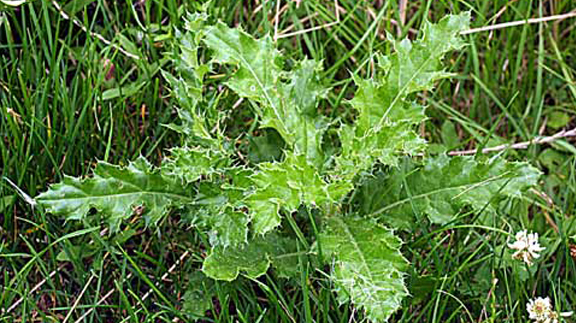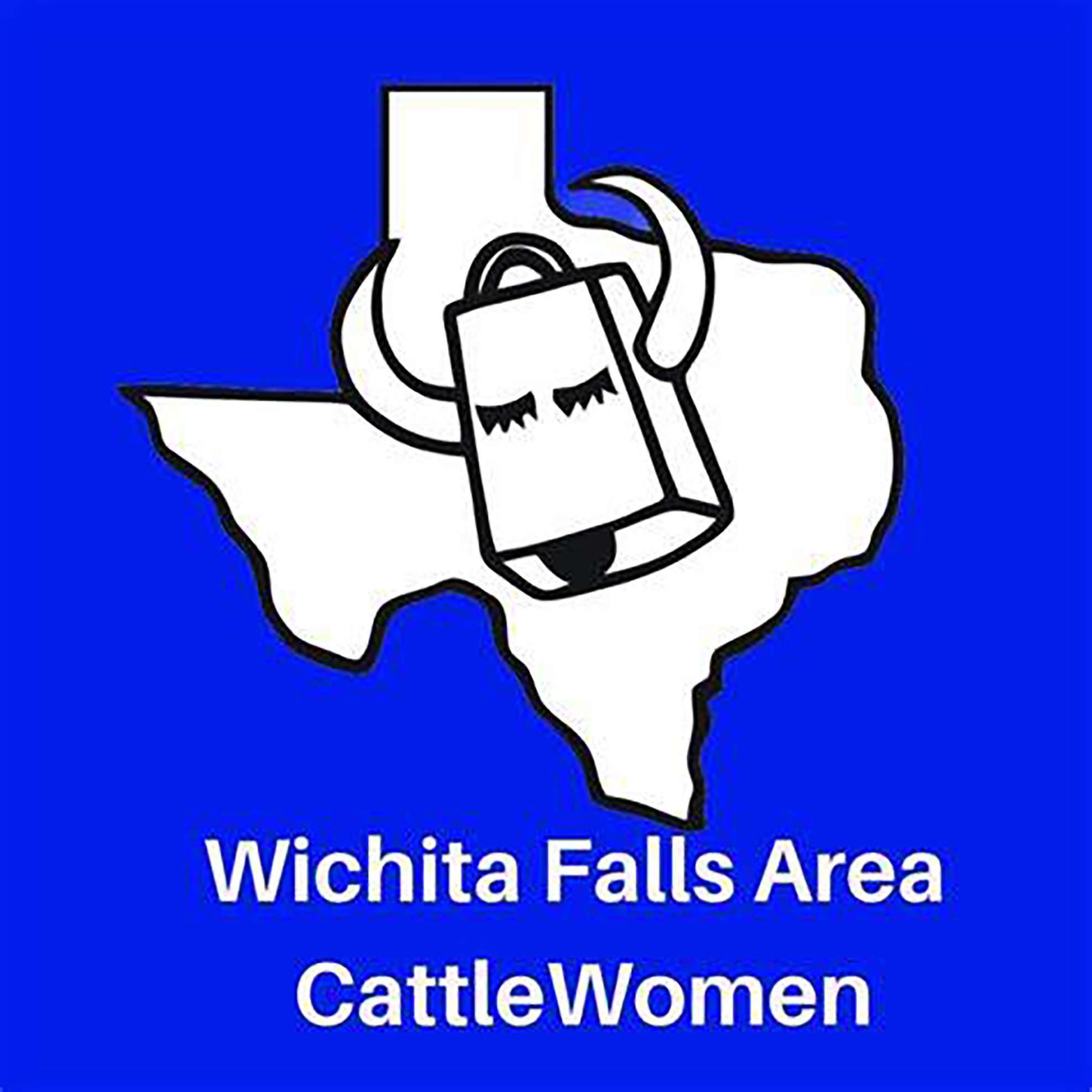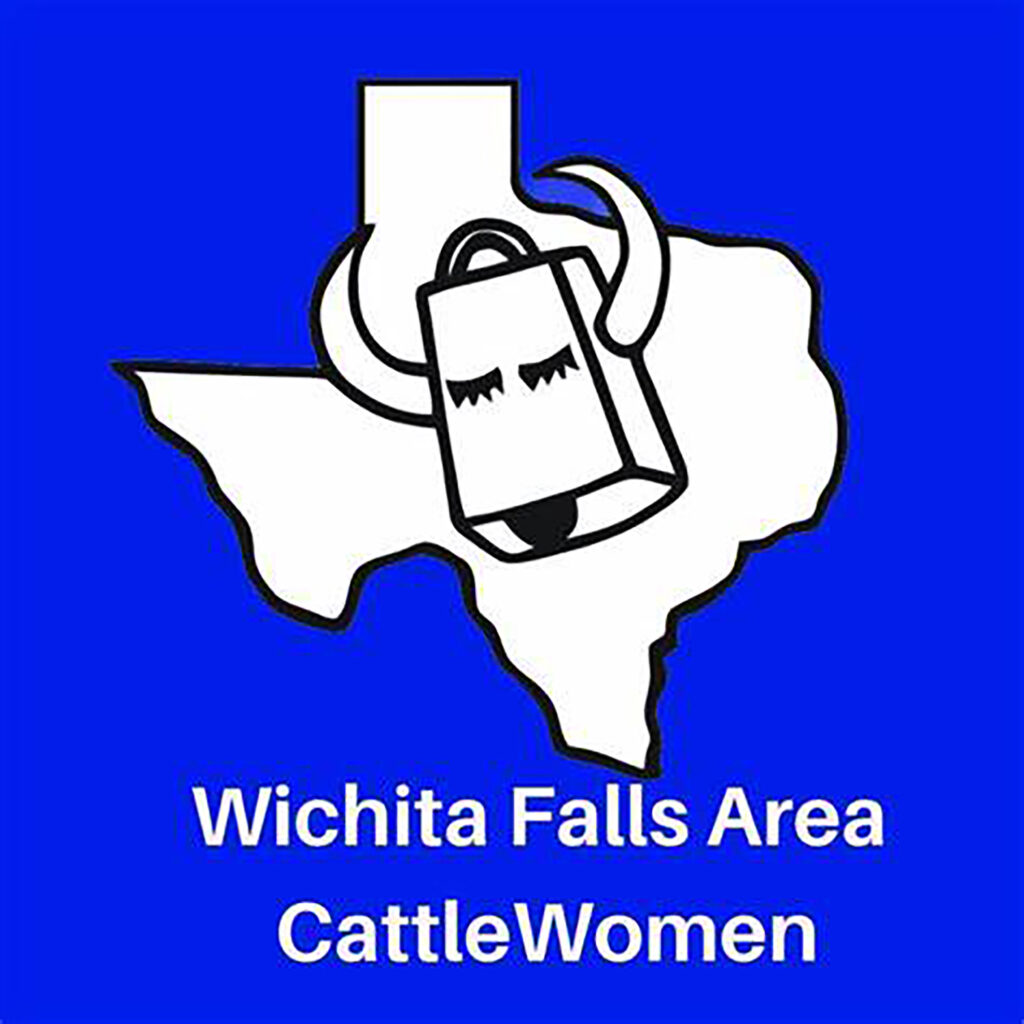HOME
[AgriLife] Wet 2015 could lead to a weedy 2016

AgriLife Extension agronomist advising producers to start early on weed control
Writer: Kay Ledbetter, 806-677-5608, [email protected]
Contact: Dr. Jourdan Bell, 806-677-5600, [email protected]
AMARILLO – The blessing of a wet 2015 is expected to bring the curse of a weedy 2016, said Dr. Jourdan Bell, Texas A&M AgriLife Extension Service agronomist in Amarillo.
The above average precipitation in 2015 prompted the growth of weeds and where those weeds were not controlled, they produced seeds that will germinate and likely result in heavy weed pressure this spring and summer, Bell said.
“We need to be proactive about weed control this year,” she said. “Weeds rob inputs – water and nutrients – from your soil that would otherwise be available for your primary crop. So we advise you to start clean and stay clean.”
Bell said there were many good tank-mix options in last year’s corn and sorghum herbicide trials near Bushland that provided very good control. The trials demonstrate that good coverage is important for both pre- and post-emergent herbicides.
For corn herbicides, treatments were applied at a rate of 15 gallons per acre, and for sorghum herbicides, applications were made at a rate of 10 gallons per acre, she said. Both corn and sorghum herbicide plots were sprayed with flat-pan nozzles.
“You really want to make sure the herbicide is getting where it needs to be,” Bell said.
Soil type can also play a role in the efficacy of the various chemicals, she said.
“For example, we found very good control and no crop injury with Lumax applied as a pre-emergent in grain sorghum, but we are on a clay loam soil. On a coarse soil with low organic matter, this would not be recommended.”
In corn, there are many effective options for weed control, Bell said. However, the vast number of options can often be overwhelming.
“Producers don’t call only about one chemical; they are often inquiring about tank-mix options, potential application costs, timing of application and even rotational concerns,” she said.
“In our corn herbicide trials at Bushland, we had the opportunity to evaluate products from AMVAC, Bayer, DuPont, Dow, FMC and Syngenta,” Bell said. “These trials provide us an opportunity to evaluate herbicide performance and efficacy under regional conditions. We evaluated some very intensive herbicide programs as well as some simpler options.”
She said on limited tillage acreage, producers are aware of the importance of a solid herbicide program, and they are ready to adopt an intensive herbicide program. However, on tilled acreage, producers often have different concerns.
“While there is not just one solution for a successful herbicide program in the High Plains, a successful program generally includes herbicides with residual activities in addition to postemergence herbicides with several modes of action,” Bell said. “Having several modes of action along with good coverage allows producers to be more proactive against herbicide-resistant weeds.”
The price of chemical and application can vary widely, so she advised producers to make sure they target their treatments to get the most bang for their buck, she said. This includes the application rate as well as proper adjuvants to enhance herbicide activity.
“To avoid crop injury, it is always recommended producers read labels and follow application guidelines, including rotational restrictions, to avoid potential crop injury,” Bell said.
Another important consideration is the activation requirement of soil-applied herbicides, she said. Some chemicals need to be activated with a half-inch rain or irrigation, but the exact amount of water needed is a function of the herbicide’s water solubility.
“While this is not a problem on irrigated acres, this can be a problem on dryland acres if precipitation is not received in a timely manner,” Bell said.
“With lower commodity prices, many producers try to cut herbicide costs,” she said. “But, it is important to remember that the weeds can rob resources from your crop and in turn hurt yields.”
As producers evaluate their inputs, it is important they consider cost-effective herbicide options rather than doing nothing, Bell said.
“Neglecting weeds in 2016 will magnify weed problems for years to come. Start clean, get a handle on the weeds before they get out of control.”
-30-
HOME
Preparing Spring Gardens

By Hannah Claxton | Editor
The North Texas area is located within USDA Hardiness zones seven and eight. The zones are categorized by predicted low temperatures for winter and timing of the first and last frosts.
Zone seven usually has winter low temps between 0 and 10 degrees F with the average date of the first frost falling between Oct. 29 and Nov. 15 and the average date of the last frost falling between March 22 and April 3.
Overall, these two zones have similar climates and growing conditions, making the options for timing and variety within a garden very similar.
In these zones, cool-season crops should go in the ground in March, meaning that soil preparation should start now.
To read more, pick up a copy of the January edition of North Texas Farm & Ranch magazine, available digitally and in print. To subscribe by mail, call 940-872-5922.

HOME
Equine Vaccinations

By Heather Lloyd
Vaccinations are a critical component of maintaining the health and well-being of horses, especially in environments where they are exposed to other animals, such as in the sport, show and performance arenas. Horses, like all animals, are susceptible to various infectious diseases that can spread quickly and cause serious harm.
A routine vaccination schedule helps prevent the spread of these diseases by preparing the horse’s immune system.
To read more, pick up a copy of the November edition of North Texas Farm & Ranch magazine, available digitally and in print. To subscribe by mail, call 940-872-5922.

HOME
Wichita Falls Area Cattlewomen

Having herds on a controlled breeding schedule means that we have a predictable calving schedule, and while it’s only over a couple of months, for us it does fall right after the start of the year. I lobby annually to call ours the “Winter calving season”, but I am outvoted and my husband still refers to it as Spring. Unlike producers in our Northern States, we don’t have to contend with brutally harsh winter weather, and on those rare times we do, thankfully it is not for extended periods. Regardless of whether you have a Spring or a Fall calving schedule, the health of a newborn calf begins with the mother’s health, and the mother’s health is largely dependent on the producer.
To read more, pick up a copy of the November edition of North Texas Farm & Ranch magazine, available digitally and in print. To subscribe by mail, call 940-872-5922.

-

 Country Lifestyles2 years ago
Country Lifestyles2 years agoScott & Stacey Schumacher: A Growth Mindset
-

 Country Lifestyles8 years ago
Country Lifestyles8 years agoStyle Your Profile – What your style cowboy hat says about you and new trends in 2017
-

 HOME8 years ago
HOME8 years agoGrazing North Texas – Wilman Lovegrass
-

 Outdoor10 years ago
Outdoor10 years agoButtercup or Primrose?
-

 Country Lifestyles5 years ago
Country Lifestyles5 years agoAmber Crawford, Breakaway Roper
-

 Equine1 year ago
Equine1 year agoThe Will to Win
-

 Country Lifestyles9 years ago
Country Lifestyles9 years agoJune 2016 Profile – The man behind the mic: Bob Tallman
-

 Country Lifestyles8 years ago
Country Lifestyles8 years agoDecember 2016 Profile, Rusty Riddle – The Riddle Way




